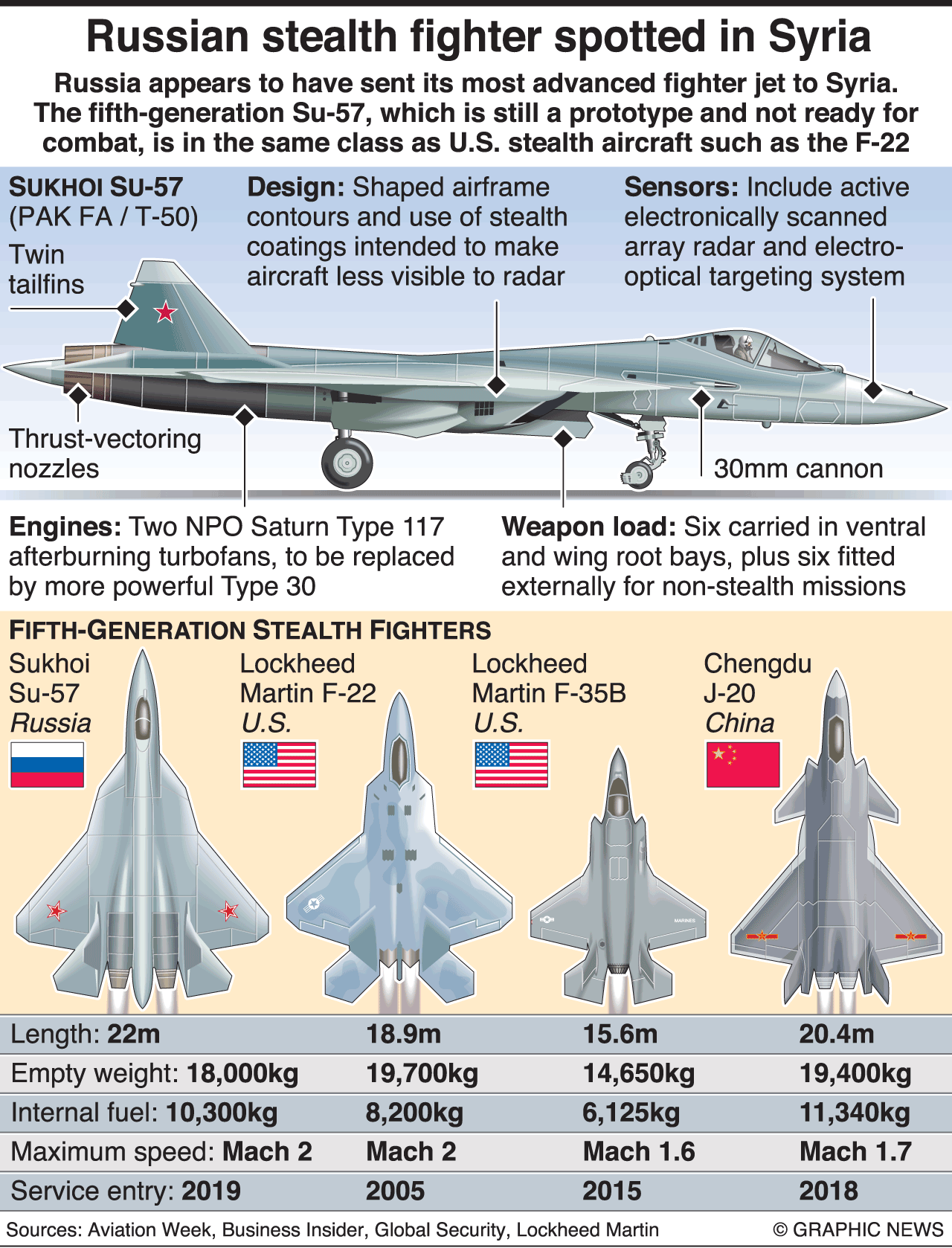Spitfire Plane World War 2 Hero

Introduction to the Spitfire Plane

The Supermarine Spitfire is one of the most iconic and beloved planes in history, playing a significant role in World War 2. Designed by R.J. Mitchell, the Spitfire first took to the skies in 1936 and went on to become a symbol of British resistance against the Nazi regime. With its sleek design, powerful engine, and impressive maneuverability, the Spitfire was a force to be reckoned with in the war.
Design and Development

The development of the Spitfire was a result of the British government’s need for a high-performance fighter plane. The Supermarine company, led by R.J. Mitchell, designed the Spitfire with a focus on speed, agility, and firepower. The plane’s unique design features, such as its elliptical wing shape and streamlined fuselage, allowed it to achieve remarkable speeds and climb rates. The Spitfire was also equipped with a powerful Rolls-Royce Merlin engine, which provided the necessary power to propel the plane to incredible heights.
Combat History

The Spitfire saw extensive combat during World War 2, participating in numerous battles and campaigns. One of the most notable battles was the Battle of Britain, where the Spitfire played a crucial role in defending British skies against the German Luftwaffe. The plane’s exceptional performance and maneuverability allowed it to outfly and outgun many of its opponents, earning it a reputation as a formidable opponent. The Spitfire also saw action in North Africa, Italy, and France, where it continued to prove itself as a reliable and effective fighter plane.
Notable Variants

Over the course of its production, the Spitfire underwent numerous design changes and improvements, resulting in several notable variants. Some of the most significant variants include: * Spitfire Mk I: The first production model, which saw action during the Battle of Britain. * Spitfire Mk V: A major upgrade, featuring a more powerful engine and improved armament. * Spitfire Mk IX: A high-altitude variant, designed to counter the German Me 109 and Fw 190 fighters. * Spitfire Mk XIV: A variant equipped with a Griffon engine, which provided increased power and performance.
Specifications

The Spitfire’s impressive specifications made it a formidable opponent in the skies:
| Specification | Value |
|---|---|
| Length | 31 ft 4 in (9.55 m) |
| Wingspan | 36 ft 10 in (11.23 m) |
| Height | 12 ft 8 in (3.86 m) |
| Empty Weight | 5,100 lb (2,313 kg) |
| Maximum Speed | 370 mph (600 km/h) |
| Range | 470 miles (750 km) |

🚀 Note: The specifications listed are for the Spitfire Mk Vb variant, which was one of the most produced and widely used models.
Legacy

The Spitfire’s legacy extends far beyond its impressive combat record. The plane’s design and development paved the way for future generations of fighter planes, and its iconic status has made it a beloved symbol of British culture and history. Today, the Spitfire remains a popular subject among aviation enthusiasts, historians, and modelers, with many restored planes still flying and on display in museums around the world.
As we reflect on the Spitfire’s remarkable story, it becomes clear that this plane was more than just a machine – it was a hero of World War 2, a symbol of resistance and freedom that continues to inspire and captivate people to this day. With its impressive design, remarkable performance, and enduring legacy, the Spitfire will always be remembered as one of the greatest planes in history.
What was the main role of the Spitfire during World War 2?

+
The main role of the Spitfire during World War 2 was as a fighter plane, primarily used for air-to-air combat and defense of British skies.
How many Spitfires were produced during World War 2?

+
A total of 20,347 Spitfires were produced during World War 2, making it one of the most produced fighter planes of the war.
What is the top speed of the Spitfire?
+
The top speed of the Spitfire varies depending on the variant, but the Spitfire Mk Vb could reach speeds of up to 370 mph (600 km/h).



